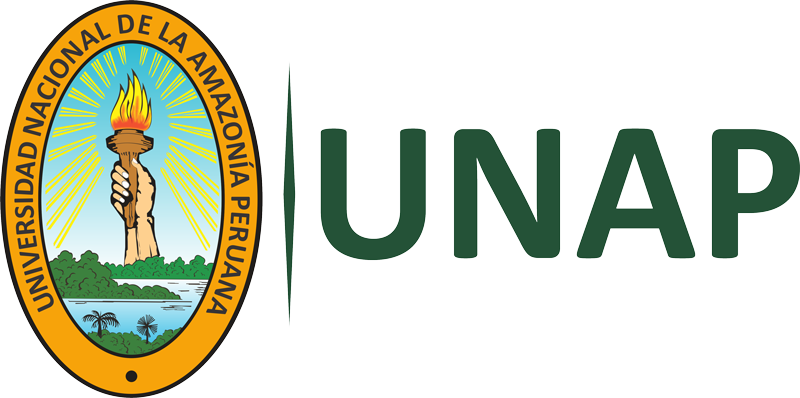
Communities in DSpace
Select a community to browse its collections.
Recent Submissions
- Tesis Título ProfesionalEstrategias de enseñanza en el aprendizaje de la educación física en estudiantes de educación secundaria de la Institución Educativa N° 60014 Santo Cristo de Bagazán, Belén 2023
- Tesis Título ProfesionalComprensión lectora y logros de aprendizaje en el área de ciencias sociales de los estudiantes de VII ciclo de la Institución Educativa Elzeario Mac Donald, Pebas 2023
- Tesis Título ProfesionalCuentos como estrategia didáctica para el desarrollo de la expresión oral en estudiantes de primer grado de secundaria de La Institución Educativa N° 1704535 Yankuam Jintia Bilingüe Datem del Marañón 2024
- Tesis Título ProfesionalUso de plantas medicinales como estrategia didáctica de enseñanza en la I.E.I. N° 333 Bilingüe Intercultural en la comunidad nativa de Cushillo Cocha, provincia de Mariscal Ramón Castilla 2024
- Tesis Título ProfesionalAprendizaje basado en proyecto y los estilos de aprendizaje, en estudiantes del nivel primario de la Institución Educativa 60756 Claverito 2024
